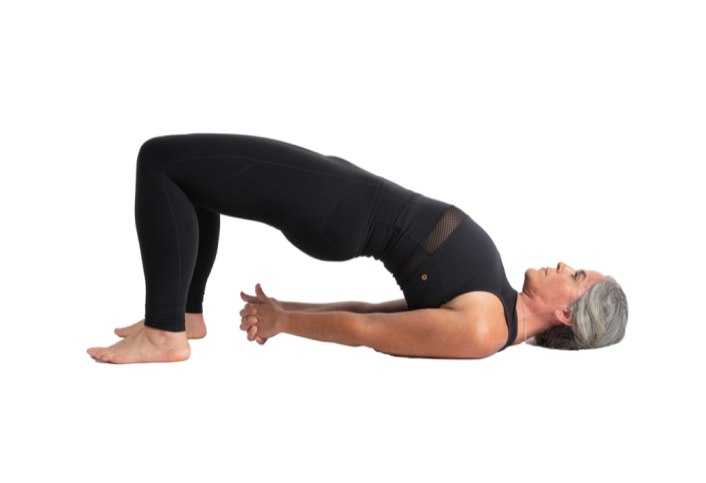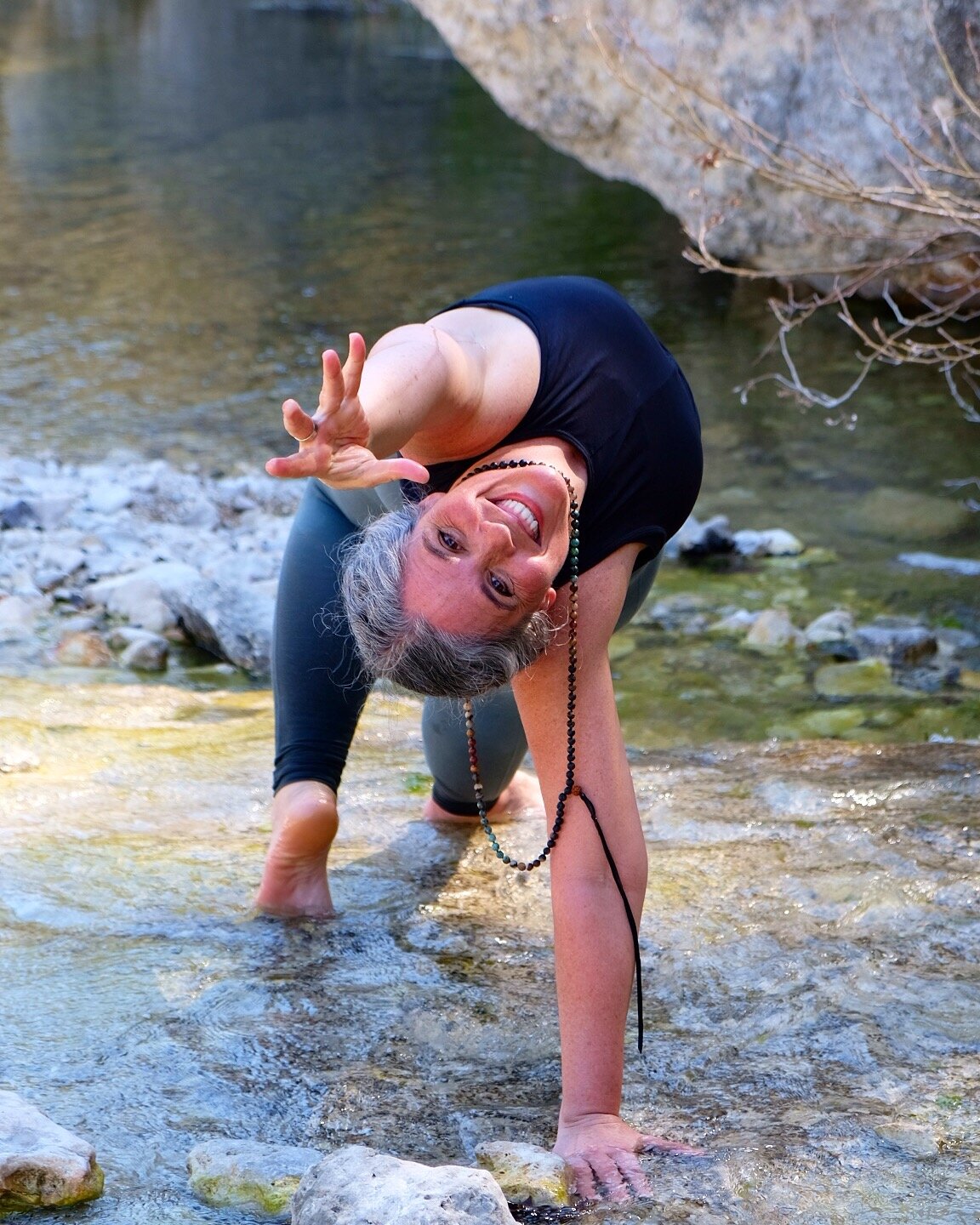Want a More Functional Butt? Vary Your Forward Folds
How does your yoga practice translate into your everyday life? For many, this is a multifaceted question. Whether your answer correlates with the ability to handle stress better, having more energy, or less back pain, in my opinion, everything ties back to improved awareness.
One concrete and useful way to create a yoga practice relevant to your life is to consider the idea of functional movement. Functional movement is that which helps us move efficiently and pain-free in the activities of daily living. It is helpful to consider your typical movement patterns on a given day and how you can bring more balance into your musculoskeletal system. With this information, take a look at your yoga practice or other exercise habits and be curious about how they help you with this balancing act. Although yoga is helpful in many ways, without paying attention, we can create further imbalance, rather than balance. Awareness is key.
Keep in mind that DEAD-BUTT syndrome is real.
Sitting can cause the hip flexor muscles (and others) to over-activate. This over-tightening on the front of the hips can cause something called reciprocal inhibition and weakness on the other side of the hips (butt). This type of condition can become chronic as motor programs change and muscular actions (and non-actions) are happening at the level of the nervous system. Bottom-line—the butt gets sleepy and our practice is to wake it up. A “dead-butt” can also be the root cause of excessively tight hamstrings.
How can you be sure your yoga is waking your butt up, rather than making it sleepier?! Let’s look at one option that exists in your forward folding. Most yoga classes include a decent amount of folding. From Child's Pose, various seated postures, Downward Dog, Rag Doll, and the Forward Fold within transitions, yogis fold A LOT. Additionally, theses forward folds often include passive end of range motion. Passive end of range motion is when you go as far as you can in a position (hip flexion with folding) while using 1) gravity, 2) added tension with hands or strap, or 3) you get help from another person, the floor, or wall. Just imagine, for a moment, the amount of stretching your butt is getting in these passive folds. Not to mention, the repetitive spinal flexion with loading on the intervertebral discs.
The key to folding for a functional butt is to bring in some dynamic action that helps to wake up the core and backside of the body. In daily living activities, it is dynamic/active end-of-range access that will support efficiency and minimize injury, not passive end range. Dynamic end range is going as far as you can in a joint articulation without added help and while staying active and engaged.
The next time you practice, try including this style of fold:
Keep the spine organized rather than letting it passively round at the bottom of the fold (you won’t go as far). Actively brace your core. **Take my four-part spinal organization class here.
Hinge from your front hip creases. Don’t round your spine at all!
Maintain hands at chest rather than grabbing the legs or floor at the bottom of the fold.
Use active glute engagement in and out of the fold.
Only fold as far as you can without losing your spinal organization and core activation.
“You will be getting fiery, eccentric strengthening in the glutes and hamstrings on the way into the fold, and a firm concentric squeeze when rising back up. The less bend you have in your knees, the more you will mimic a dead-lift action. Experiment with this. ”
Folding in a typical way:
Deep, passive, hip flexion
Spinal rounding at the bottom
Using your hands on legs or floor to deepen the pose
only decreases the tonality of the posterior side of the body (glutes & spinal erectors) while encouraging passive shortening of the anterior body (iliopsoas, rectus femoris, abdominals, & pecs). This result is exactly what we achieve by sitting too long! We definitely don’t need to wire more of that in on the yoga mat.
Layer this dynamic fold into your daily practice. As you work on strengthening the backside, include releasing the front-side with some active hip flexor stretches. Your glutes, hamstrings, and back will thank you! Remember that variability is critical. No movement is inherently bad or wrong. Our bodies are brilliantly designed to move in many ways. However, increasing your awareness and connecting the dots between what you are doing and what you feel is golden.
Below is an excerpt from a recent class where I taught this style of folding. Here is the whole class if you'd like to take it.
Please let me know if you have any questions or comments.
Stacy Dockins
Yoga Project Virtual School
Author of Embodied Posture: Your Unique Body and Yoga
Yoga and Mindfulness Educator, Human Movement Specialist
For access to our full on-demand library of classes and upcoming programs go here:

